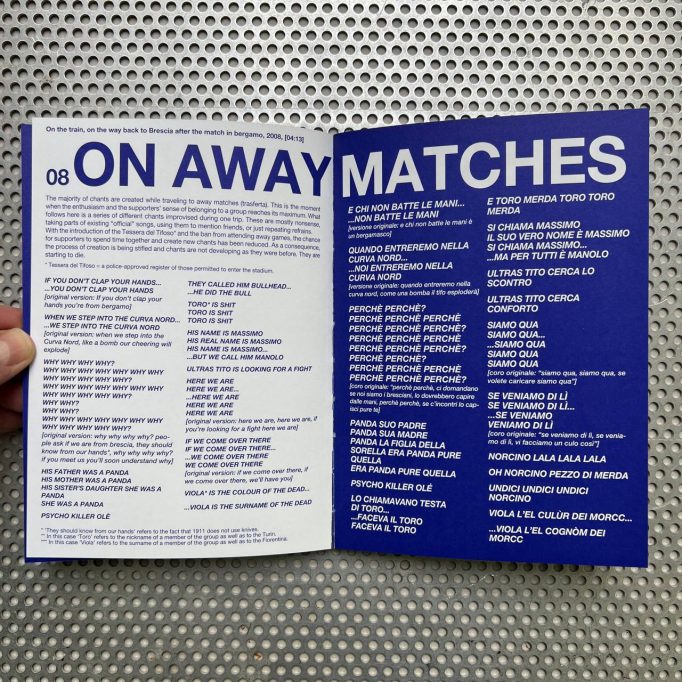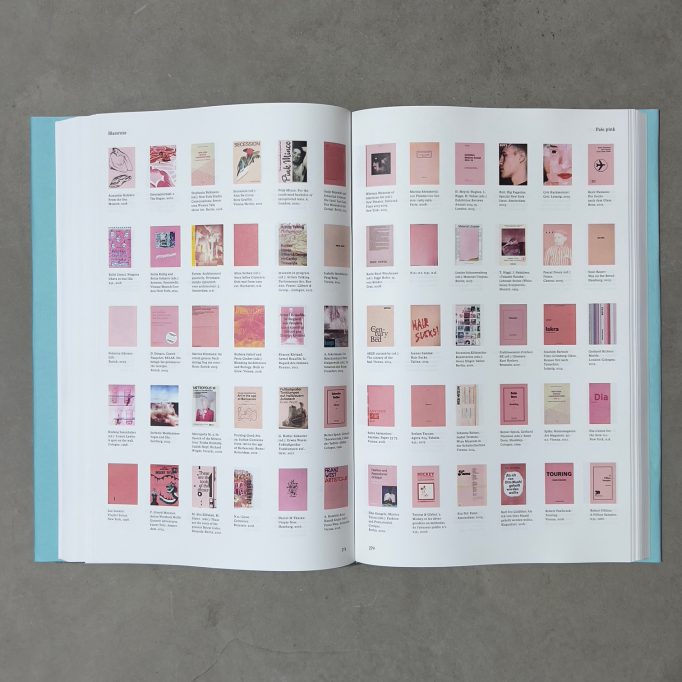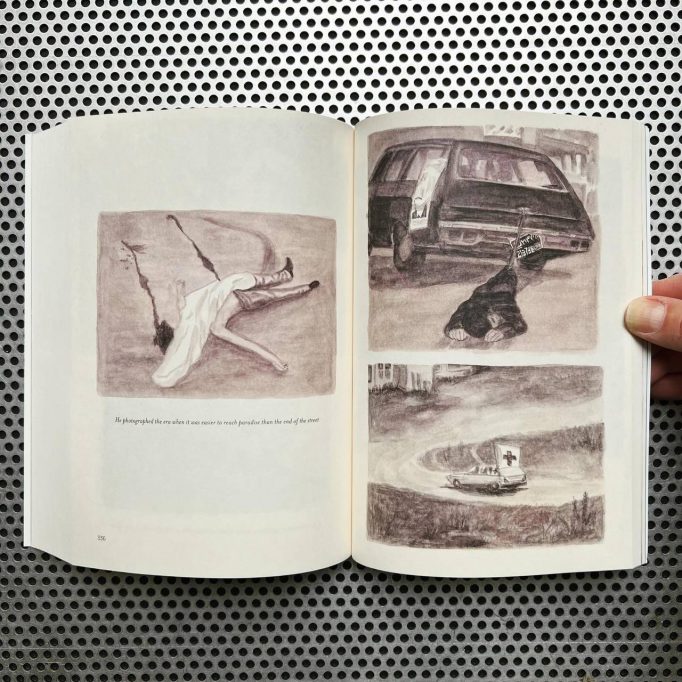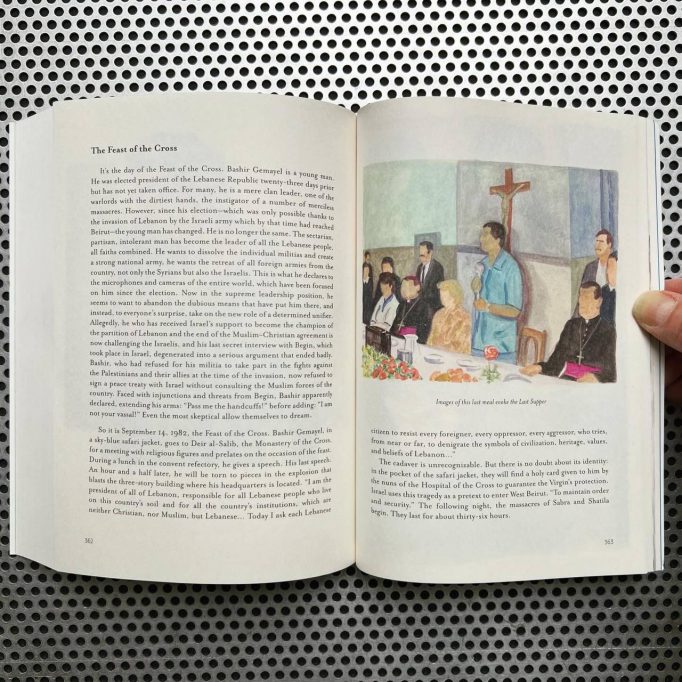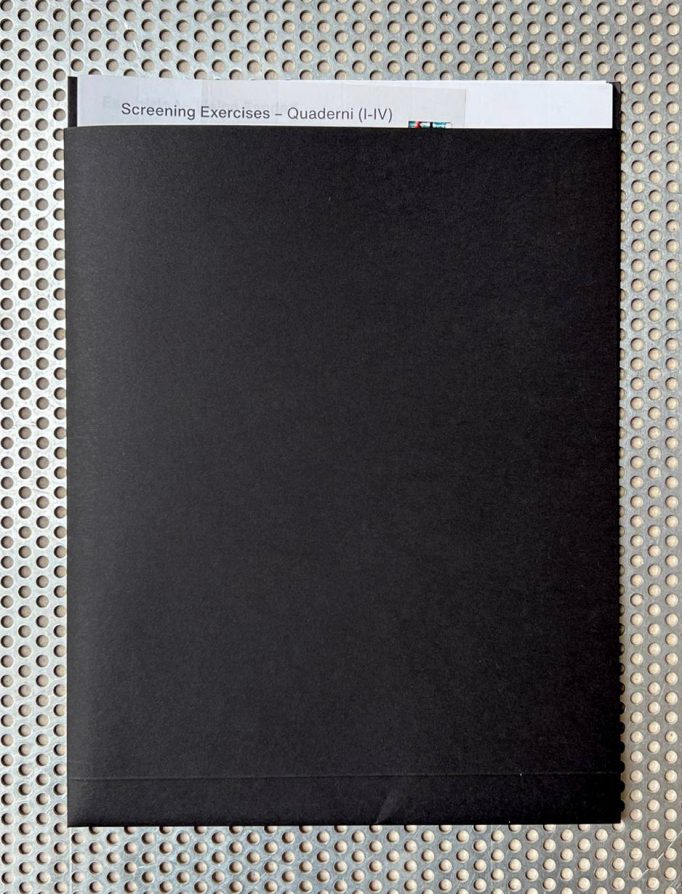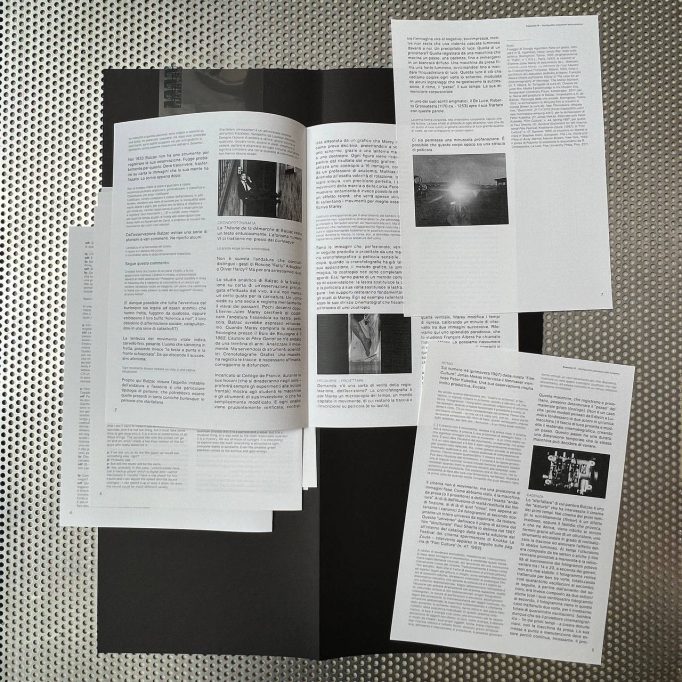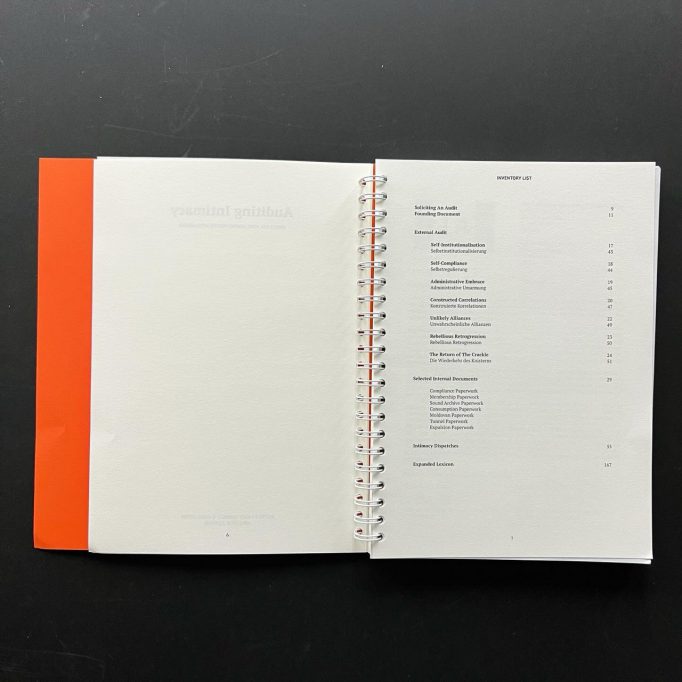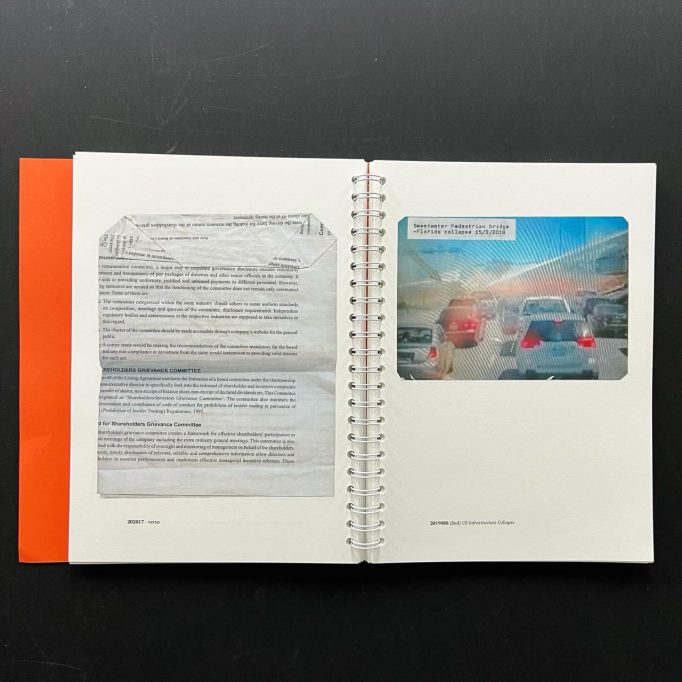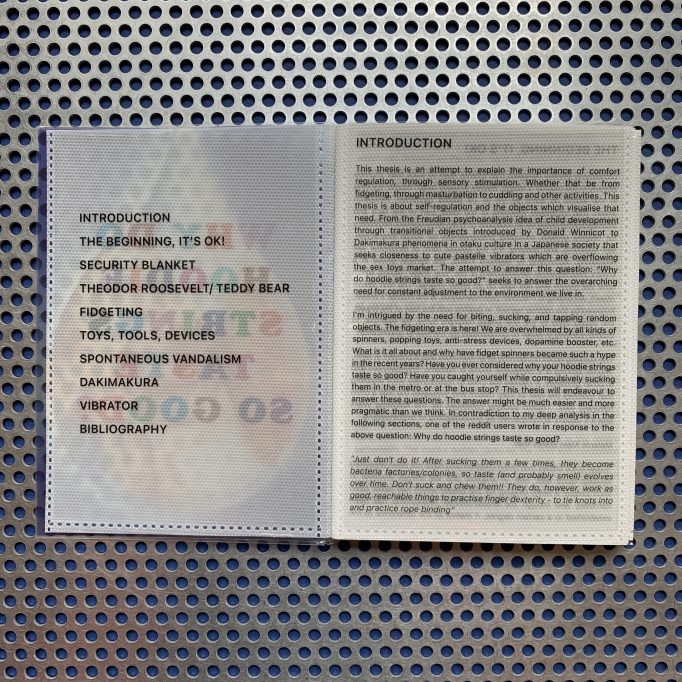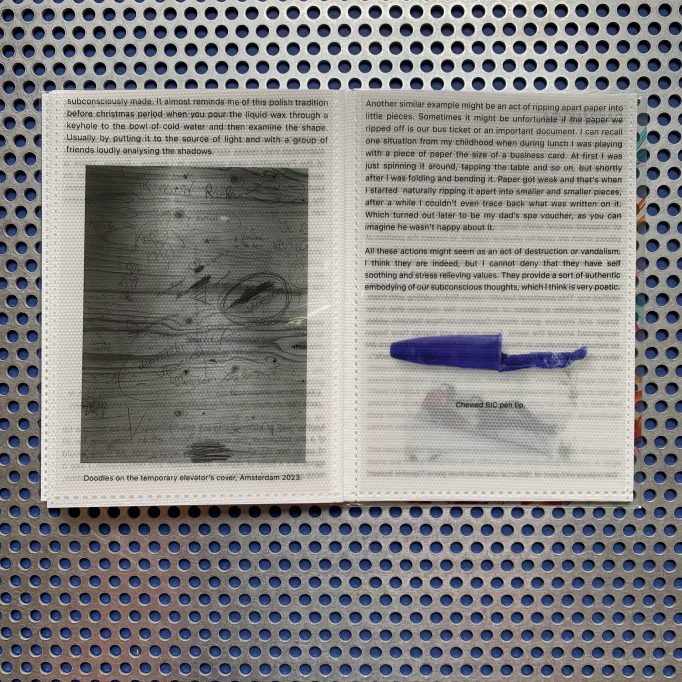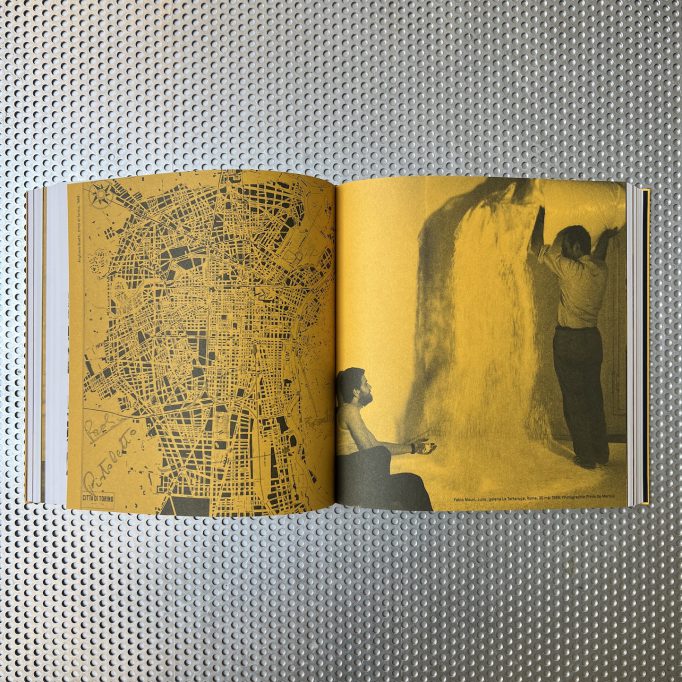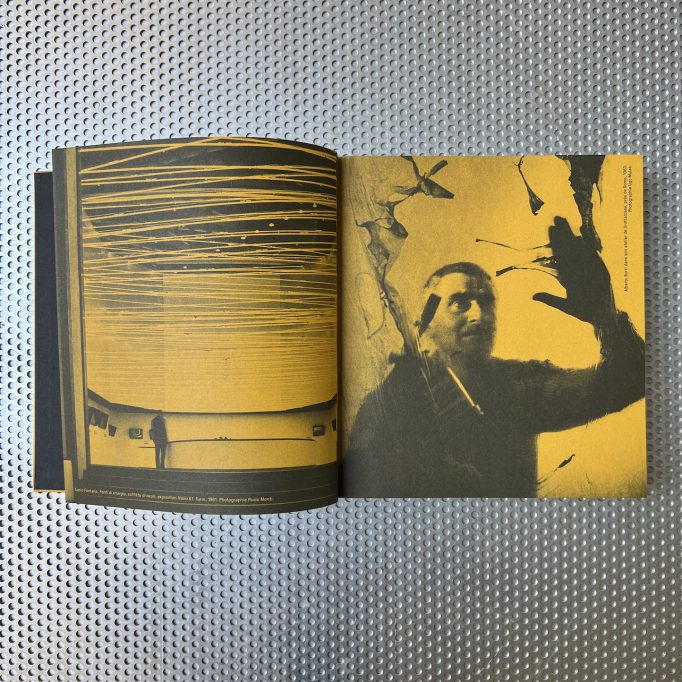Rodina #2
Posted in Editions, magazines, photography, poetry, politic, queer, research, Self published, Uncategorized, writing on March 19th, 2025Tags: cybermedusa, Rodina, Анна Бородина, Арсений Агеев, Виктория Салтар, Лиза Петрова, Лилиан Рубцова, Максим Евстропов, Мария фокусия, Регина, самиздат, Таро Муратов, Юля Андриянова













Живая
Юля Андриянова
Tаван Cершывам
Виктория Салтар
Жар-птица
Лилиан Рубцова
Старое весло
cybermedusa
Cамоубитые роскомнадзором
Максим Евстропов
НЕСКОЛЬКО ПРОСТЫХ ПРАВИЛ ДЛЯ ПРИЕЗЖИХ ИНОПЛАНЕТЯН
Регина
Картофель фри
Таро Муратов
Камень
Арсений Агеев
(См. ШИРЕ)
Вероника
Непозма
Мария фокусия
Кавабанга
Анна Бородина
Табличка
Лиза Петрова
Rodina – самиздат свободной литературы. Мы хотим использовать свободу слова как инструмент под- держки благотворительных инициатив. Через актуальную ху- дожественную литературу мы осмысляем контекст Войны и рос- сийской цензуры, исследуем этические вопросы сложившейся реальности. Мы верим, что нам поможет деятельное знание. Rodina издается в Берлине и является независимой, част- ной инициативой, не принадлежащей никакому политическому течению или общественному объединению. Мы не преследуем коммерческие цели, все вырученные средства распределяются между благотворительными фондами. В первом выпуске мы собрали двенадцать текстов, затраги- вающих тему войны, прав человека, ЛГБТК+, феминизма, свобо- ды слова. Мы публикуем тексты в авторской редакции. Издание выходит в трёх обложках. Спасибо всем авторам, фотографам, друзьям и читателям за участие и поддержку. Rodina – наша мечта о родине без насилия.
Order here.







